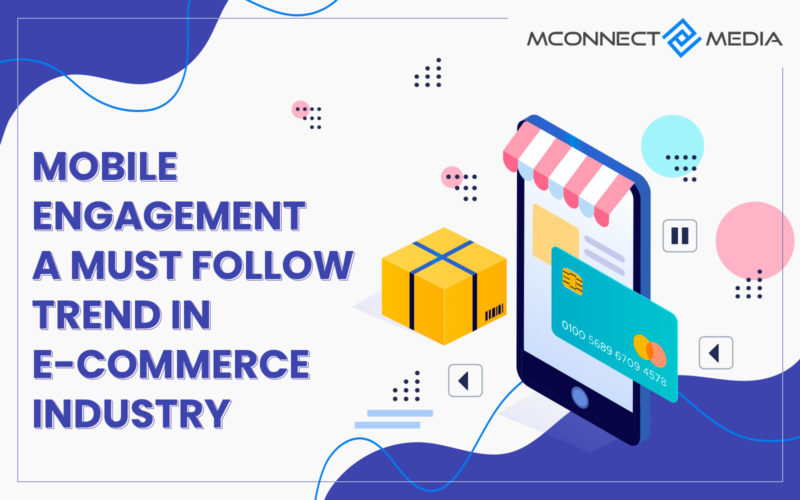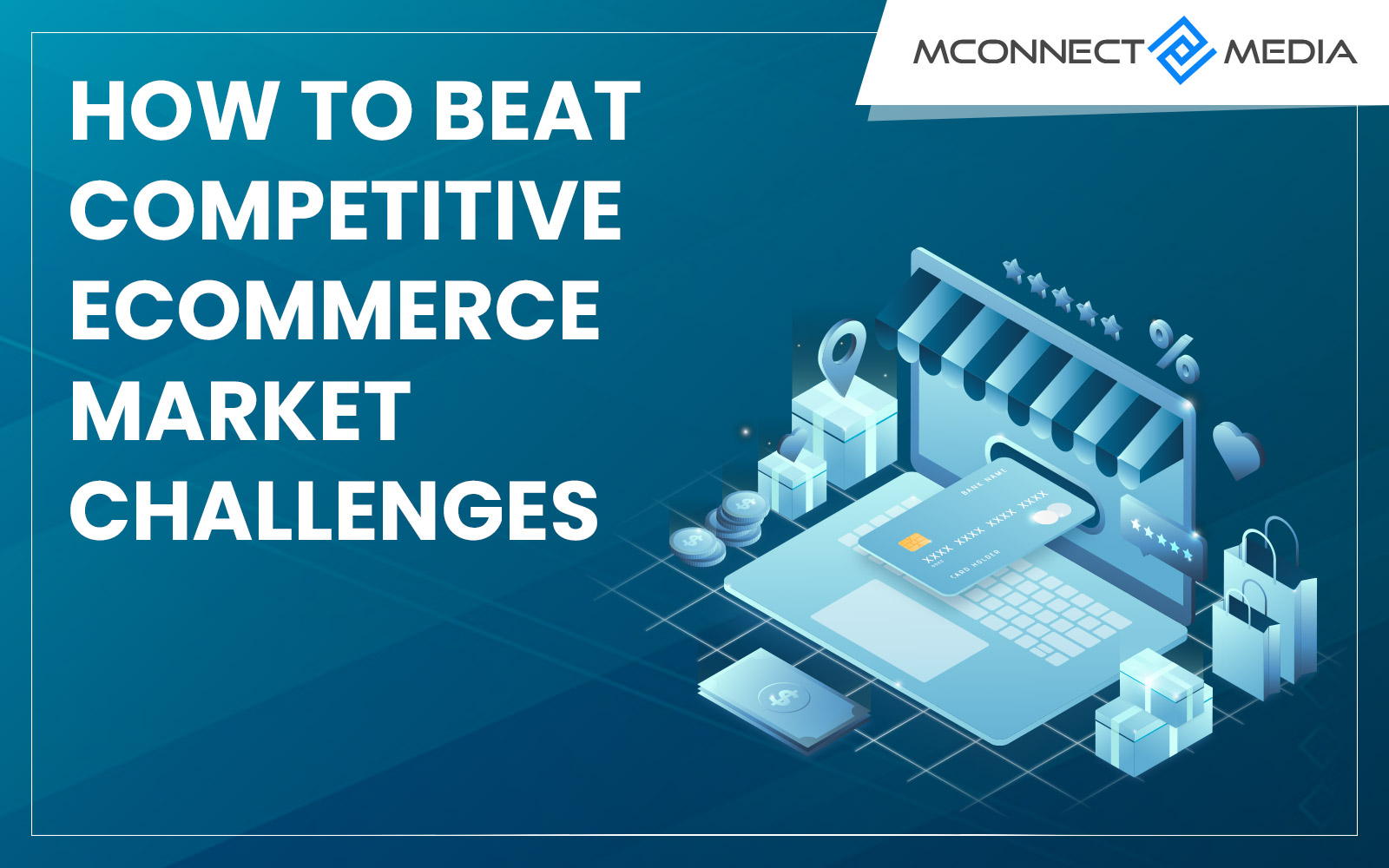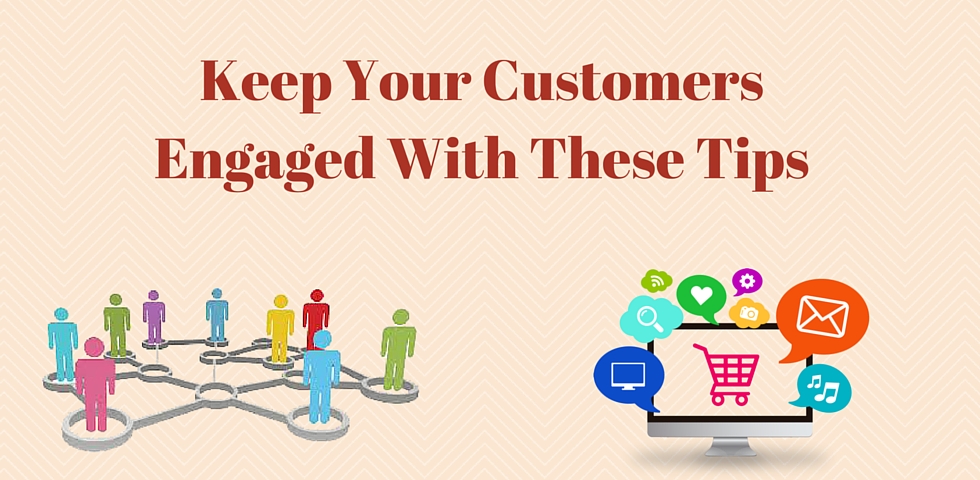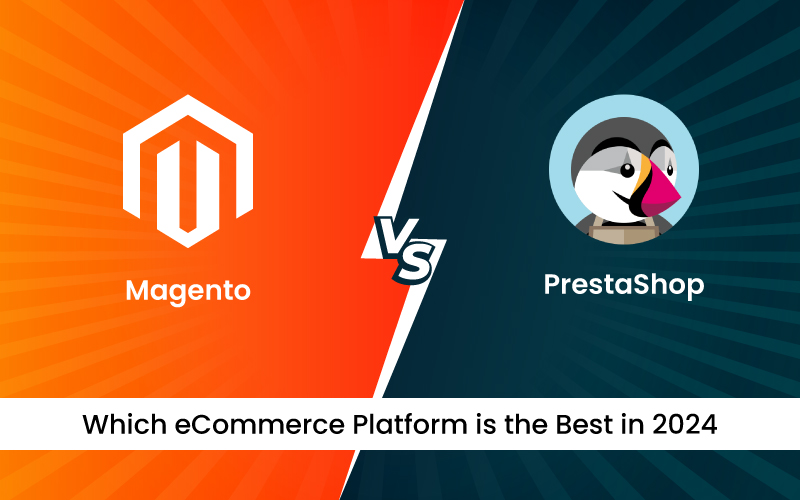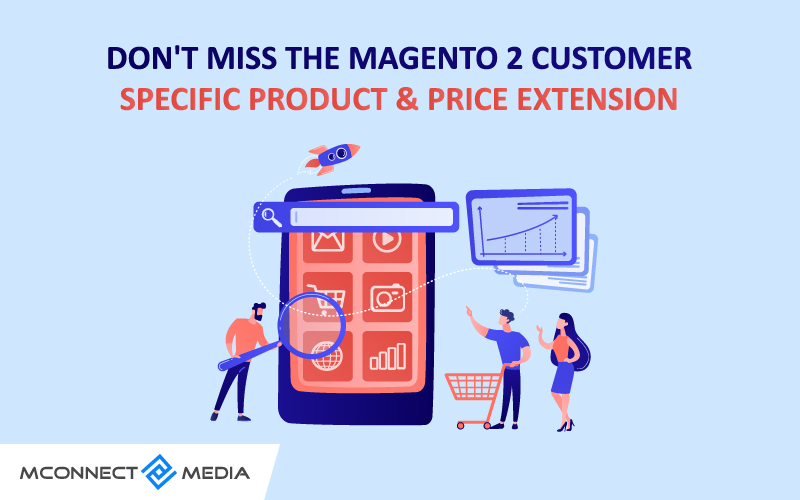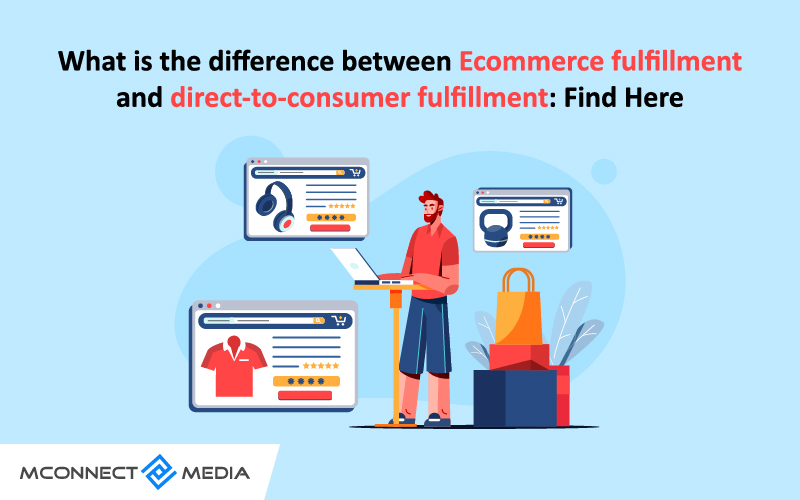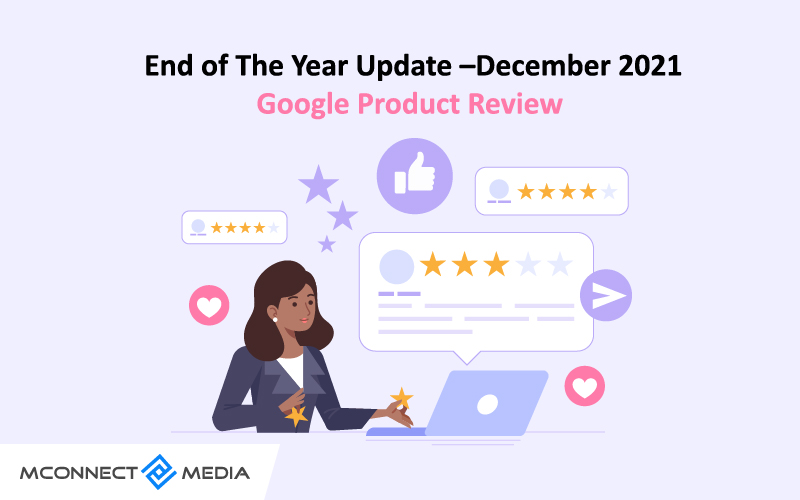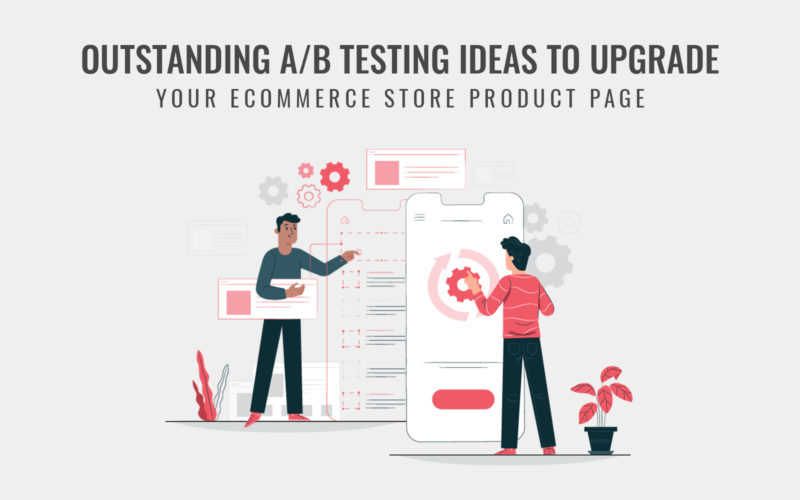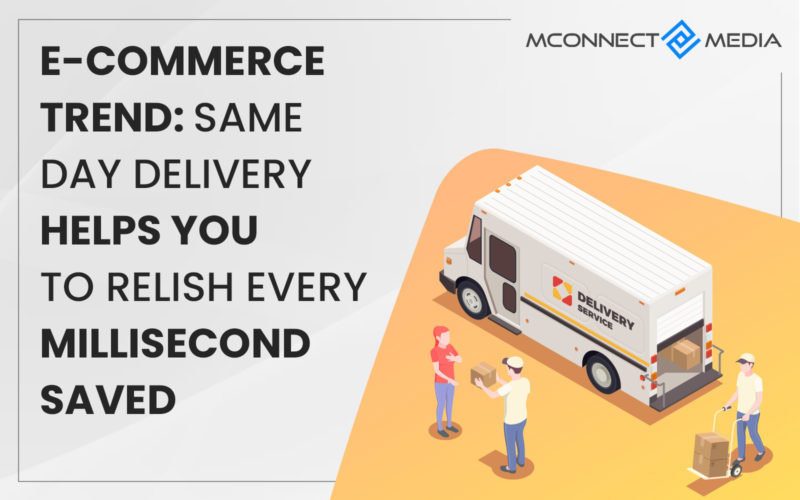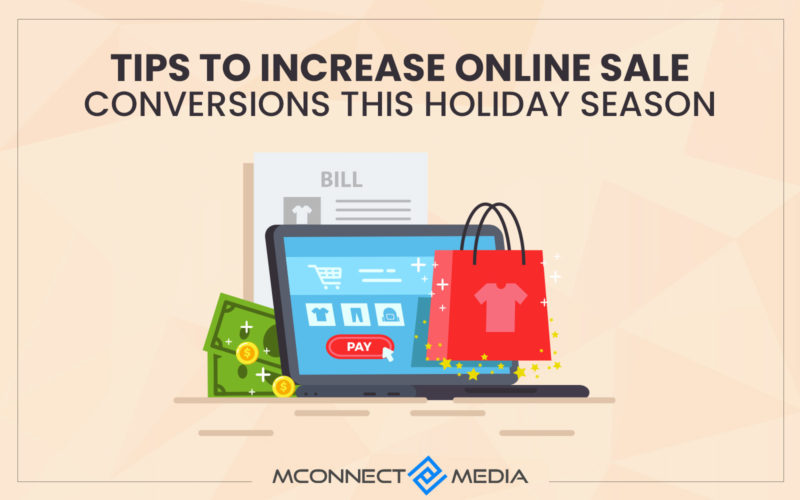There are certain proven techniques stitched to mobile engagement strategies which may make the user loyal towards the online commerce. This includes several gimmicks like developing an Mobile app, optimization the user experience, push notifications etc. It just needs some pious efforts and sincerity towards the strategies. If these techniques are excelled, users would be riveted as a customer forever.
Mobile technology has become an essential and quintessential product for the globe at the same time. It is like a virtual fuel, propelling the earth’s movement. Given the unique proliferation of mobiles and it’s easy to access, it makes an edge to the top most tier among all the technological devices. Mobility is the only reality of today’s technical world that has 360-degree focus on it. The much-welcomed mobility in shopping through the online portals is shifting from the desktops to mobiles.
This is the reason why mobile web usage eclipsed the desktop web usage for the first time in a history of their existence in Nov 2016. Although the percentage of eCommerce sales through desktops beat the conversions achieved through mobiles, 2016 Black Friday sales proved the sharp preference that mobile commerce has received. Being in the E-Commerce business today suggests the need to constantly update your business according to the trends if you really want to stick to your position. And one such trend is to go mobile with your e-store and strategize to engage your visitors.
A Brief Account on Mobiles and Its Engagement
The total number of mobile phone users in 2013 was about 4.01 billion and it is expected to reach 4.93 billions by 2018 which is almost congruent to 75 percent of the world’s population. It is used by teens and sexagenarians, CEOs and daily waged workers, developed and the developing countries, grandfathers to grand daughters.
The first and the fastest source to the internet is our mobile devices. As customers are heavily reliant on their mobile phones, the requisites for us are to keep them actively engage in it. This simple process of making them engaged on their mobiles in order to get the maximum conversion is called as mobile engagement.
Since e-commerce business can easily be handled using mobile, it gets mandatory for e-commerce merchants to focus on engaging customers to mobiles. Mobile engagement unearths every problem which is faced by desktop platforms and also provides prolific solutions to all the problems. Mobile Engagement is a trendy e-commerce tool to garner the maximum conversion rates.
For conversion rates to be hit properly. Mobile engagement continues to be a pillar for success. Mobile engagement techniques can be the right chords of the wrong e-commerce tunes. This stat on web traffic on mobile devices prove that the conversion rate will be much better on them in comparison to desktop devices.
The total web traffic on smartphones(45.1%) had an edge over the web-traffic of computers(45%) in the first quarter of 2016.
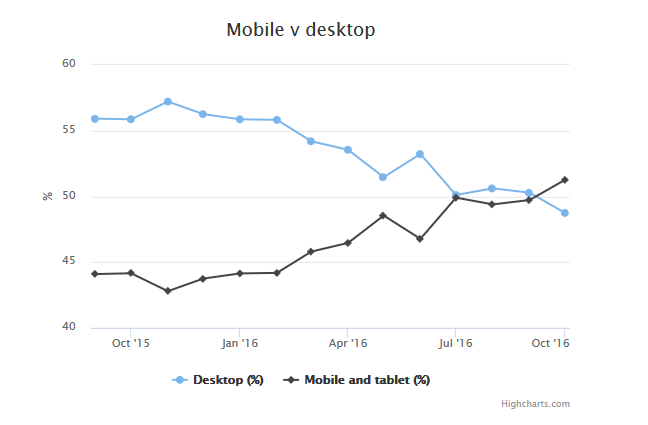
Jaw Dropping Stats On How Mobiles Have Become A Customary Device For Handling An E-Commerce Business
“M-Connect Media is supposed to influence the Americans to spend $1.876 billion in online shopping, out of which $600 million would come through mobiles in 2016” quotes their business analysts. It certainly got true when an official statistical portal nodded their heads proving this prediction to be true.
Analysis done by Gartner, Inc. predicts U.S. customers mobile engagement will flourish the mobile commerce world. It will chauffeur mobile commerce revenue in the U.S. to 50 percent from 22 percent of digital commerce revenue in 2017. This evidently proves that mobile commerce is the latest trend in this area.
Also according to the reports of statista.com, the number of mobile buyers in the United States have raised at the high rate and are rising at rapid pace till today. It is assumed that by 2020, approximately 168.7 million users will have made at least one purchase via the web browser or mobile app on their mobile device, up from 136.3 mobile U.S. buyers in 2016.
It is also believed that by 2019, the smartphone M-Commerce sales to surpass five times its current sale from 199 billion US dollars to 37.72 billion U.S. dollars in 2015.
Since the above stats suggest positives of m-commerce and unveil its booming mileage numbers, every established and even start-ups are eyeing at the potential benefits of “mobile engagement”.
But How to keep your customers engaged on e-platforms? In spite of being the major traffic source to internet shopping portals, conversions are remarkably low through the mobile device. How to change that scenario? We have enlisted 11 nimble ideas that will definitely help you keep your customers engaged on your shopping apps and boost your mobile conversions!
11 Must-Follow Ideas to Increase Mobile Engagement for your E-commerce Platform
The major question which remains unsolved is how to work on this trend? Here are some ideas on how to keep your customers engaged across the mobile channel:
-
Let’s start with the start- Develop Your Own M-commerce App And Mobile Accessible Website
Shopping online is increasingly being preferred using mobile phones. Thus, it gets really important for e-tailers to keep users engaged through the mobile application and mobile websites. But we must ensure that both are properly designed. Some of the requisites should be kept in mind while web designing and application built up.
- No customer likes to read long descriptive notes on mobile.
- In addition to this, disorganized texts can be a huge disappointment for the customer. If applications & websites are optimized and GUI is user oriented, then, it may lead to the high traffic nullifying the abandonment of the page.
- Also, we should make sure that font size of the texts and area of the image fit the screen. This would mostly improve the percentage of the mobile based purchase. Hence, it would hit the conversion rate target.
We need to provide a great experience to the user. No matter what else we do, if their experience is not engaging then users might not come back. And this can only be achieved by presenting a simple but high functionality module dashboard and digital serviceability.
Magento can be used to develop a good mobile commerce application. Magento is easy to use the framework, which provides high-end features in simple steps to the user.
-
Enhance User’s Experience with Apt Functionalities
User’s experience should be kept in mind while we design a portal/application for them. Their experience should be smooth. And to boost up the smooth experience, we should avoid complexity in both. User already lacks time due to their daily engagements and they don’t have ages to dissipate their important time. A lot of customers desert websites because of lengthy procedure to purchase. This maneuvers the customer to the cliff of abandonment. What can be done to evoke constant attention of the user?
- Psychologically, users are least interested in using keypads on their mobile phones. All they want is a one touch process, which saves their time.
- The focus should also be on minimizing the length of the chain of purchase. The shorter the check-ins and check-outs, the greater the chances of a purchase. A user in haste might abandon the purchase right before the long “proceed to check-out” forms.
- Also, tap to call buttons to follow up any query can instill confidence in a user.
- They should be able to search products easily, they should be able to filter the right products among many.
Expedite Check-Ins
“Guest User check-ins” option obliterates the chances of users abandoning the mobile app. Asking for lesser user details for guest login is the reason why we have more guest users than registered users.
Expedite Check-Outs
While “Guest User” option is used for easy check-ins, it becomes imperative for companies to thrust out the user in an easy way as well. Storing customer’s last purchase address is one of the sharp-witted steps. This ensures that customers don’t have to enter their details every time they purchase something. These are some of the smart techniques used by almost every famous m-commerce stores to gain glorious engagements of the users which reward in conversion rates.
-
Push Notifications – When to Convey Deals is the Key
A customer can know about the deals only when they login into the store. Since there are an inestimable number of products on an app/website, it becomes practically impossible for even the makers of the store to search for the best deal. What can be the best way to make user interested in a product without making it visit the page? We have got a savvy answer for this perplexity. And the answer lies in service by Push Notification. Push Notification is the pushed message from the back server or the application at User’s interface. It was first started by Apple in 2009. This notification usually notifies the user about the latest deals, best schemes, and updations.
Also, the Great example of the power of mobile engagement can be found by looking at Redbox, a popular automated rental retailer of new-release movies and video games. With the Redbox app, users were able to browse several options, find the nearest shows and reserve their selections for pickup. Proof of the power of mobile engagement lies in the very first push notification Redbox sent in 2012, which drove 16 times more online traffic than its busiest day ever.
However, continuous notifications might have a negative impact as well. Ceaseless notifications might kill customer’s curiosity for the deal and may also lead to irritation at worst case.
-
Speed Up the Loading Time of your Page
For mobile commerce, user’s prime expectation is the ability while surfing. Pages of your application and website should not work slow and shouldn’t be cumbersome. Users are likely to uninstall or move away to the other site or app if the page is not loaded in 3 seconds.
Applications have a direct advantage as it is faster than websites since its data and graphic elements are already stored locally. Agility can be improved by:
- Compressing graphics
- Minifying resources
- Optimizing searches
- Reducing the server response time.
Speeding up load times will need improvement in infrastructure, design, and content. Conversion rates might increase by several percentages if a user finds the ability appropriate.
-
Redraw Customer Experience for Mobile Devices – Add Mobile Wallets.
To convince consumers to use their smartphones as a means of purchase, we would have to generate some smart steps which could draw their attention. We have to take online consumer experience to the next step to connect more strongly with mobile wallets. All new smartphones in circulation have mobile wallets as a default, the companies recognize their importance to the majority of the companies have their own applications and stores (Apple Pay, Samsung Pay etc.).
-
Make your M-Store Responsive And Communicative
A responsive and dynamic store will always draw user’s attention. Customer-Producer/seller relationship is mainly based on the communication of both the parties, apart from the quality of the product. By responding to the doubts of a user, we make sure that user is riveted to us for a long time.
- By greeting them with the instant message and making them confident about the page usage might help in conversion.
- By carrying out the biopsy of user’s time, we get to know that they are free early in the morning and the lunch time. This is the time when Mobile involvement is at peak and more importantly with fresh mind frame. This natural phenomenon can be utilized for benefits by the slight cleverness of the m-commerce. This would result in high mobile engagement and high conversion rates simultaneously.
For example, United state’s average lunch time is between 11.30 am to 1 pm. Similarly, for Spain and India, average lunchtime is anywhere between 1 pm to 3 pm. Of course, there are exceptions, but average timing denotes the maximum number of the population engaged effectively during that time frame.
Also, almost each one of us has habit of checking our notifications right from the moment we open our eyes. An average waking up time can be traced to a particular country. And notifications can be pushed to the customer during that time.
For example, a humongous population of South Africa wakes up at 6:09 am. Throw them the best-schemed notification at that time. Also, 58% of countries surveyed – including the US – experience sleep best on Wednesdays, with China recording the highest sleep quality in the world that night. Notify them during these days which might hit the conversion rates.
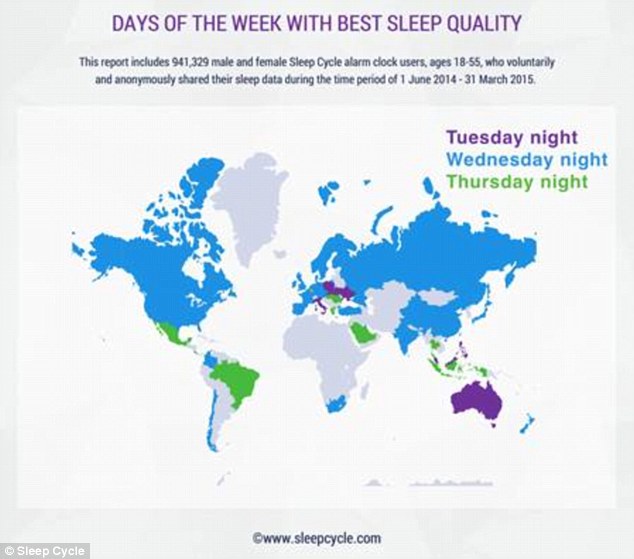
It’s better to understand the kinematics of time and when our user is free. And in accordance to that, we should respond to the user. Their natural engagement time on mobiles is the right time to reap conversion rates.
-
Deliver a Homogeneous Experience in Mobile and Desktop: Make User Experience Uniform on Both
Sometimes, the complexity of your m-store may result in difficulty of its handling. Apps and websites on mobiles may behave differently to the those on desktops. This is a classic example of Non-Homogeneity of m-commerce. The user gets infuriated by the abnormalities of the portals on mobile phones when they have already experienced a nicer desktop odyssey. What shall be an ideal step to make user engagement to the mobile phones? The customer is happy when it gets to experience the same aura of a desktop on its mobile phone.
- This can only be possible by creating an Omni-flavoured experience.
- Apps should be platform independent and it must be easy for the users to switch from one mode to the other.
The plain gumption is that user must be able to toggle between the devices, whenever they want.
For example A user who has added a product in a shopping cart through desktop should be able to access the same shopping cart through his mobile phone. The customer should be able to delete or proceed for the purchase of the product from the same point. The website should not ask to re-add the product in the cart. This might repel the customer and also might end up in losing one. So, combining of all the pieces of information across the site is highly recommended for higher translation rate and higher mobile engagement.
-
Customize the User Experience Post-Installation
Customizing sign up is a power step towards mobile engagement. Imagine if you are a bookseller and you know that your user came in following a link of Amazon bookstore. Right from the start, you know that your user is interested in books. You can use that information to select which books you can offer them with.
-
Readiness to Attract Users with Promo Codes, Deals and Discounts
We always look for the best deal on stuff. But it gets tedious to check for the deals every now and then.
- A customer can be push notified with the new deals and offerings.
- Incentives are quick bait for the users.
- Promo code or cash back options are relatively easy ways to which a user can be attracted.
- We should also make sure that we use these promo code tactics wisely. Once the premium value of the product is degraded, it gets difficult to achieve it back again.
-
Link your M-store to Social Platforms
We all spend a lot of time on social platforms. What if we integrate our apps with these social medias? This can be done by:
- Sharing of products listing on social media.
- Also, friend’s reviews can be assessed on social medias for better purchase.
- Also, the previewed items can be promoted with better deals on social media page while browsing. Let the users rate your app and share it on facebook or twitter. Linking social media with m-commerce will notify your friend circle and vice versa. But don’t ask the user to rate your app constantly. Anything in excess might have an adverse effect which might lead in annulling your efforts.
-
Feedbacks are the Bloodlines to Success
This world is steered through touch, a touch at phone/devices. Advancement of surface computing has made sure that we get accustomed to the touch. Almost everything can be done by the touch of the screen. Even the feedbacks, which are mostly ignored by every user can be obtained by the simple technique of touch. E-commerce mobile based apps need feedbacks for modification. Feedbacks are the bloodline of our rectification procedures. And writing/typing is a tedious job for everyone. Our solution to it is to make a user click on answers of several questions. Make them click on the “emoticons(Smiling, Agitated, Sad etc)” for questions like “How they felt the experience?” One touch or one tap features can be an engaging practice for users.
The Final Inference
Plotting an e-commerce strategy in haste won’t draw user’s engagement. It’s just a frame of success,a nd not the solid material. We have to work on microscopic levels of mobile engagement and user’s relationship with their mobile. What’s needed is scientific strategies which would drive an overall mobile engagement. Not all strategies are proven but if worked upon those strategies properly, they might become an example of exclusive strategies.
Like the blog post? Ready to achive the huge enagement on your Mobile apps? If you need more consultation about Mobile Applications, feel feel to talk to our consultants.


